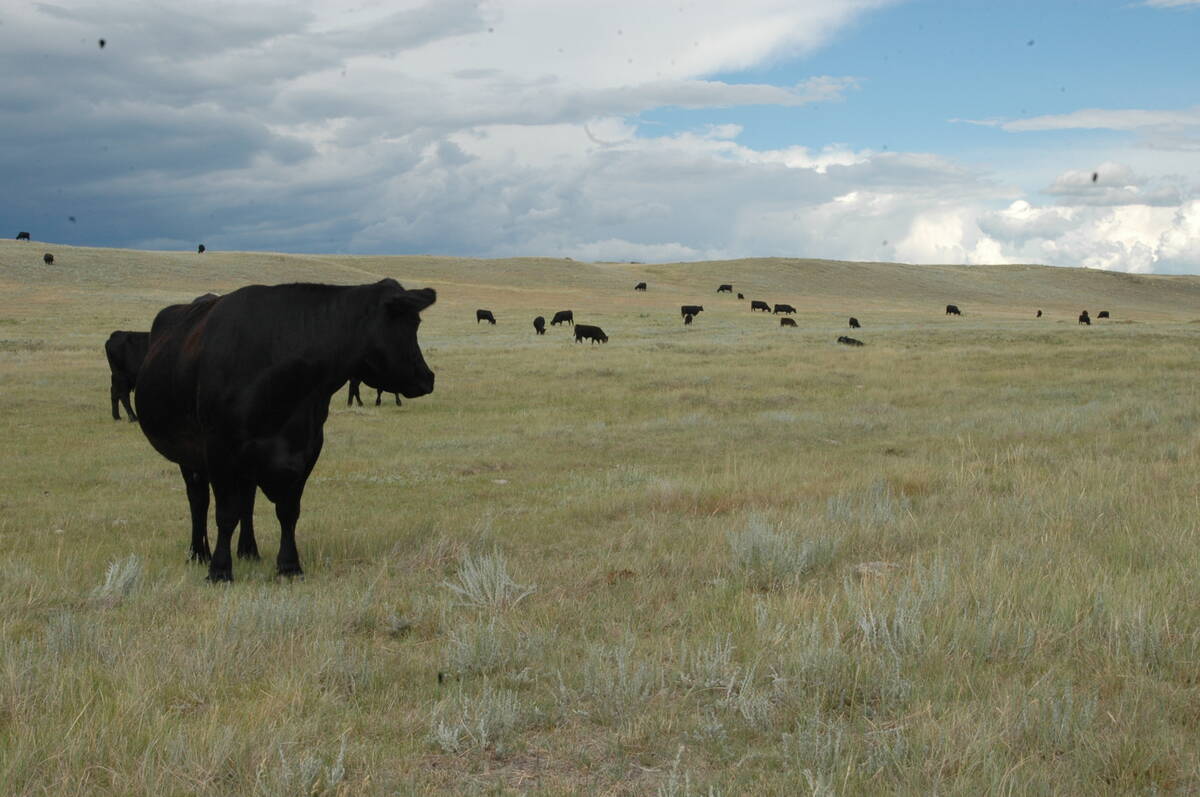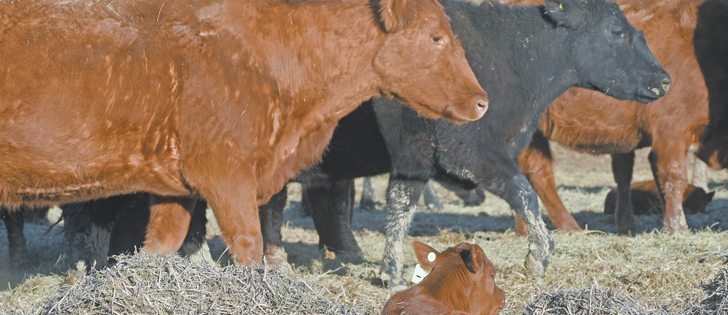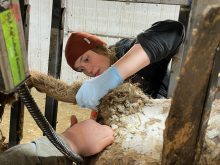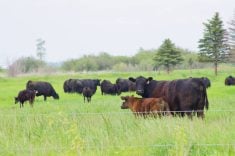The timing of calving season has dramatically shifted in Western Canada over the last 20 years. Many producers are now calving in April, May and June rather than February, March and April.
We can debate the advantages and disadvantages of various times of calving, but there is no doubt that the risk of cold and inclement weather is dramatically lower in the spring, and there is less of a risk of calves becoming chilled or hypothermic.
However, I believe another im-portant and often overlooked advantage of later calving is the ability to decrease the stocking density by spreading out cow-calf pairs and thus lowering the risk of calf diarrhea.
Read Also

Saskatchewan Cattle Association struggles with lower marketings
This year’s change in the provincial checkoff has allowed the Saskatchewan Cattle Association to breathe a little easier when it comes to finances.
Crowded conditions can increase a calf’s exposure to many of the agents that cause calf scours by in-creasing their contact with manure from adult cows.
It increases the number of times a calf is exposed to the viruses and bacteria that cause calf scours and increases the likelihood of an infection being established.
As soon as one calf becomes infected, the crowded conditions make it easier for the infection to spread from calf to calf or to persist in the environment.
Environmental contamination may be a particular problem when conditions are wet and cool. As multiple infections take place in the herd (dam to calf or older calf to younger calf), the amount of virus, bacteria or parasite that each calf sheds begins to increase.
Having cows calve on pasture limits the environmental contamination and helps avoid this vicious cycle.
However, stocking density is only one part of the solution. The flow of animals throughout the calving season can significantly affect how much calves are exposed to the viruses and bacteria that are present in the feces of adult cows.
A critical step is to ensure a separate wintering area for cows and then moving pregnant cows to a clean, less contaminated calving area just before the start of calving.
This prevents an accumulation of cow feces in the calving area, where the susceptible newborn calves can easily become contaminated.
Another step is to separate cow-calf pairs from the cows that have yet to calve and allow these cow-calf pairs to be in a clean nursery area.
Depending on the operation and the time of year, this may be another clean corral, paddock or pasture.
One alternative would be to move cow-calf pairs once they have mothered up to a separate nursery area. This is a common approach on many ranches.
However, another option is what is called the Sandhills system, named after ranches in the Sandhills region of Nebraska.
This system also overwinters cows in a separate area before calving, but it uses several calving paddocks or pastures instead of just one.
The cows are moved onto the first calving area once calving begins. After a week or two, the cows that haven’t calved are moved onto the next calving area and the cow-calf pairs are left behind. This procedure would continue until the last group of cows has calved.
The Sandhills system allows cows to calve in “clean” calving areas and separates older calves from younger calves.
It also makes it easier to move pregnant cows to the next calving area instead of moving cow-calf pairs. In some situations, producers may be able to sort pregnant cows into early calving and later calving groups based on pregnancy examination results.
How cows and calves flow through the calving system is going to vary depending on the time of year and the facilities that are available on each operation.
Producers should look critically at their own ranch and work with a veterinarian to develop a calving system that will work with their facilities.
Minimizing the amount of fecal contamination that the calves are exposed to is a fundamental principle of biosecurity for a cow-calf herd and is even more critical for herds that calve under intensive conditions.
John Campbell is head of Large Animal Clinical Sciences at the University of Saskatchewan’s Western College of Veterinary Medicine.















